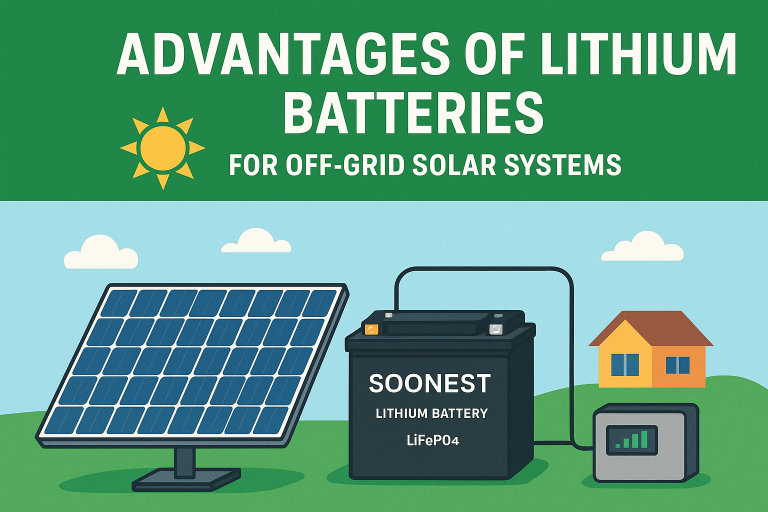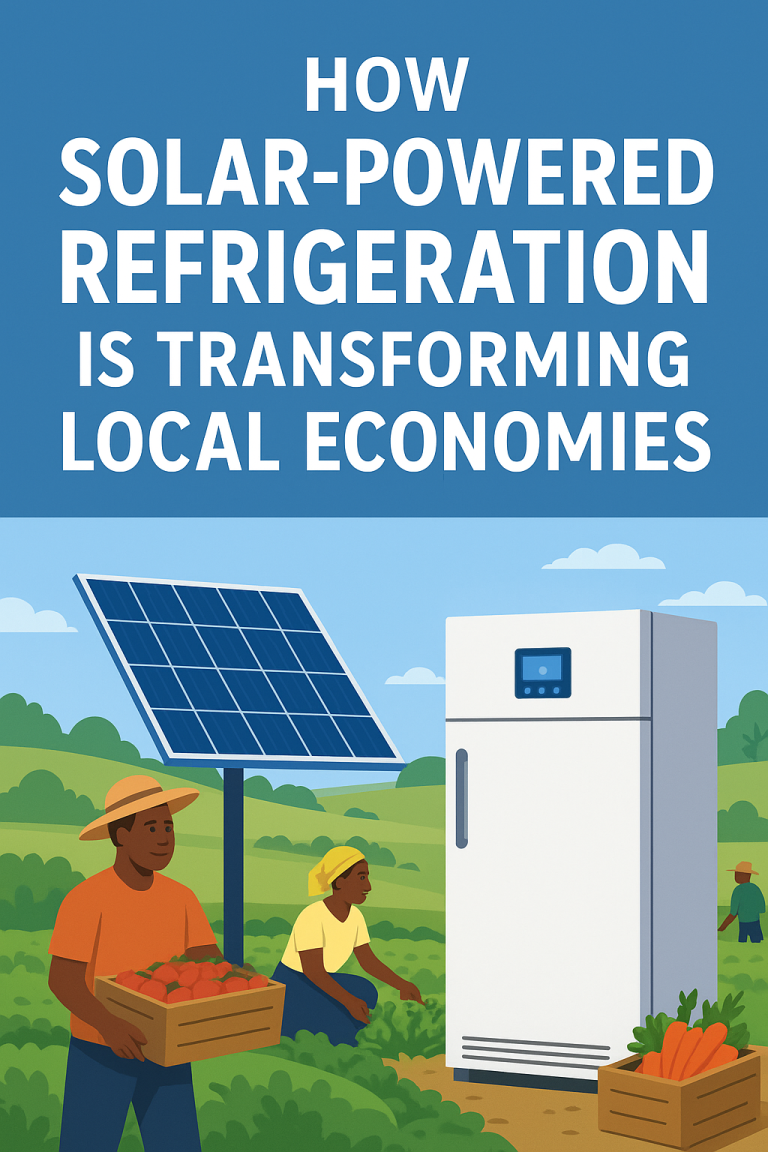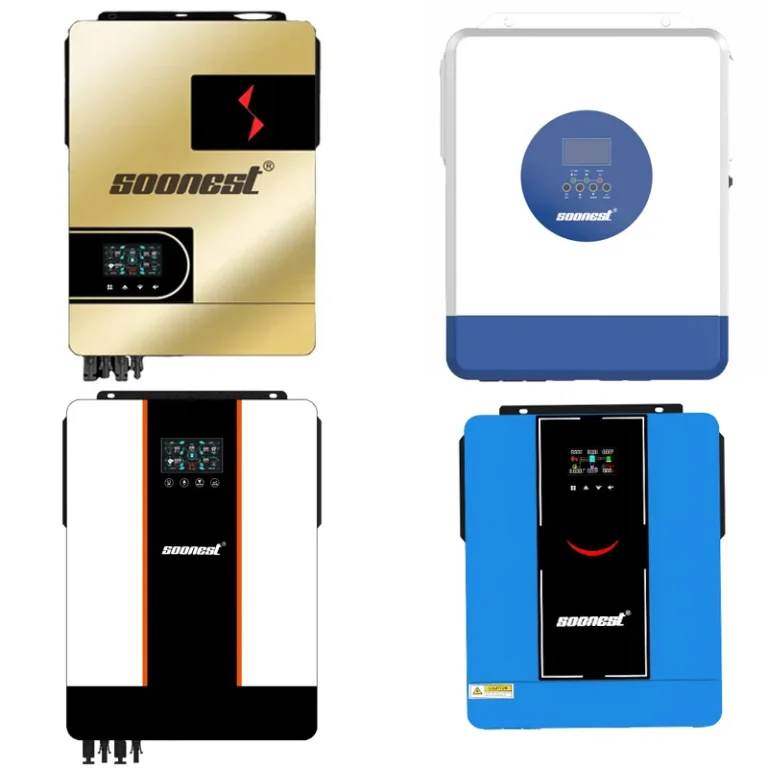Aprovechar la energía solar en un hogar inteligente combina energía ecológica con tecnología de vanguardia para una vida eficiente y sostenible. Al integrar paneles solares, inversores inteligentes y electrodomésticos inteligentes, puede optimizar el uso de energía, reducir las facturas y garantizar la comodidad. Esta guía explora cómo conectar sin problemas la energía solar con los sistemas de automatización de su hogar, destacando los beneficios clave y consejos prácticos para ser más ecológico.
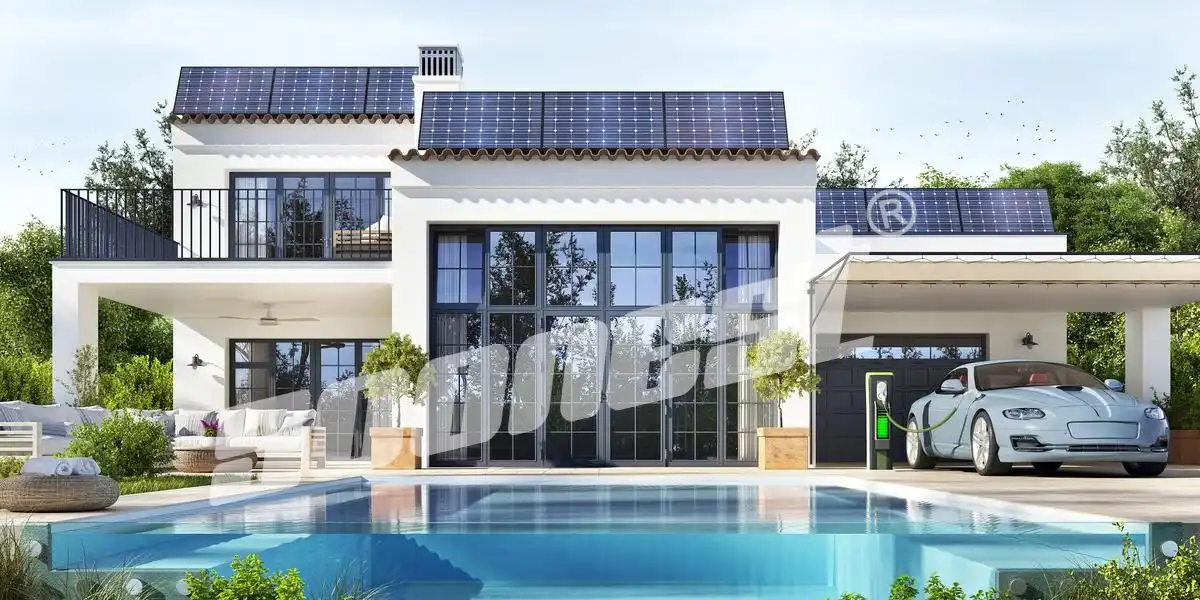
Cómo integrar la energía solar en su Ecosistema de hogar inteligente?
Combinar la generación solar con sistemas de control inteligentes para optimizar el uso de energía en tiempo real
Traer energía solar a su casa inteligente comienza con vincular la producción de energía del panel solar a sistemas automatizados que funcionan al instante. Una pieza vital del equipo aquí es el inversor. Cambia la corriente continua (CC) de los paneles solares en corriente alterna (CA) que su hogar puede usar. El inversor híbrido solar más pronto de la serie MY 1kw-10.2kw de fase única 220V está diseñado para sistemas independientes y convierte la energía CC de los paneles solares en electricidad de onda sinusoidal pura. Este dispositivo viene con carga MPPT de hasta 80A. También tiene un amplio rango de entrada fotovoltaica de 30-400VDC, lo que lo ayuda a ajustarse a diferentes condiciones solares a la vuelta.
Los inversores inteligentes como este le permiten establecer preferencias para la carga de aire acondicionado o solar a través de una pantalla LCD. Usted puede decidir qué fuente de energía priorizar. Cuando se conectan a herramientas de automatización doméstica, gestionan los electrodomésticos en función de la cantidad de energía solar disponible. Esto aumenta la cantidad de energía solar que usa directamente y reduce la extracción de energía de la red.
Por qué la compatibilidad del dispositivo y los protocolos de comunicación son importantes para una integración exitosa
Hacer que la energía solar funcione bien con configuraciones de hogar inteligente depende mucho de si los dispositivos pueden hablar entre sí. Los métodos de comunicación como Zigbee, Z-Wave o MQTT son clave. Se aseguran de que el inversor, el almacenamiento de baterías, los electrodomésticos y la unidad de control del hogar compartan información sin hipos. Por ejemplo, sus aparatos deben recibir señales del controlador principal. Esto les permite ajustar su uso en función de los niveles de energía solar o la carga de la batería.
Inverteres y baterías inteligentes también necesitan coincidir con sus sistemas de automatización actuales o futuros. La función de ecualización de la batería optimiza el rendimiento de la batería y amplía el ciclo de vida. Pero esto solo funciona si se conecta sin problemas dentro de toda la configuración.
¿Qué papel desempeñan los electrodomésticos de energía solar en la reducción del desperdicio de energía?
Los aparatos inteligentes ajustan su comportamiento en función de la entrada solar disponible
Los electrodomésticos de energía solar están construidos para funcionar de manera inteligente cambiando la forma en que funcionan dependiendo de la disponibilidad de energía solar. Tomemos, por ejemplo, Aire acondicionado AC DC combinar fuentes de energía solares CC y AC de la red, priorizando la energía solar sin el uso de baterías, reduciendo el consumo de electricidad en más del 90%. Estos gadgets de potencia mixta utilizan tecnología que ajusta el uso de energía en función de lo que viene en el momento. Los estudios muestran que los acondicionadores de aire alimentados por energía solar pueden reducir el consumo de electricidad hasta en un 90% en comparación con las unidades tradicionales, reduciendo significativamente las facturas de energía de los hogares y las emisiones de carbono (FuenteSolar N Plus, www.solarnplus.com)
Esta forma inteligente de trabajar reduce el desperdicio de energía durante las horas soleadas. Funciona con aparatos pesados como aire acondicionado o lavadoras cuando el sol es más fuerte.
Estrategias de cambio de carga que maximizan el autoconsumo de energía solar
El cambio de carga significa planificar tareas de alta energía para los momentos en que la energía solar alcanza su pico. Este truco aumenta la cantidad de energía solar que usa usted mismo y reduce la dependencia de la red. Por ejemplo, las lavavajillas o lavadoras inteligentes se pueden configurar a través de un cubo central para funcionar alrededor del mediodía, cuando los paneles solares producen más.
Además, los acondicionadores térmicos híbridos agregan ahorros adicionales. Los sistemas híbridos reducen la dependencia de la red eléctrica en un 70-100% dependiendo de la utilización solar. La combinación del uso de electrodomésticos con altos tiempos de producción solar ayuda a los propietarios a reducir el desperdicio de energía mientras se mantienen cómodos.
¿Por qué es esencial el almacenamiento de baterías para un hogar inteligente solar totalmente funcional?
Reducir la brecha entre producción y consumo con almacenamiento inteligente
La energía solar no siempre coincide cuando necesitas energía en casa. A menudo, se hace durante el día cuando no usa mucho, mientras que necesita más por la noche. El almacenamiento de batería resuelve este problema de tiempo. Se prevé que los cortes de energía y las fallas de la red se vuelvan más frecuentes en los próximos años. Por lo tanto, tener un almacenamiento sólido de batería no es solo práctico, es una necesidad para mantener las cosas funcionando.
Una opción fuerte como nuestro paquete de baterías solares para uso doméstico destaca en estos reinos con su alta capacidad de 14,4 kWh mantiene suficiente energía para mantener cosas importantes durante la noche o durante apagones.
Cómo las baterías inteligentes se comunican con la plataforma de automatización de su hogar para optimizar el uso
Las baterías de hoy vienen con formas integradas de hablar con otras partes de su hogar inteligente. Las mejores configuraciones funcionan con conexiones de CA y CC para opciones adicionales. Capaz de acoplamiento con CA y CC. Estas baterías actúan rápidamente. Se cargan cuando hay energía solar adicional y liberan energía cuando más la necesitas. Esto reduce la cantidad que toma de la red.
Además, los materiales modernos como el fosfato de litio-hierro mantienen las cosas seguras. Con su química de litio-hierro, que prácticamente no representa ningún riesgo de incendio. Esto los convierte en una gran opción para hogares donde la seguridad importa mucho.
¿Cuáles son los principales beneficios del uso de sistemas de HVAC alimentados por energía solar en casas inteligentes?
Sistemas de aire acondicionado que responden de manera inteligente tanto a las condiciones climáticas como a la disponibilidad energética
Los sistemas de calefacción y refrigeración consumen una gran parte de la energía del hogar. Combinarlos con una configuración inteligente que reaccione a las necesidades interiores y la energía solar puede ahorrar mucho. El aire acondicionado de tubo de vacío solar híbrido AC DC funciona en temperaturas extremas (-10 ° C a 55 ° C) y permanece silencioso (menos de 45 dB). Esto lo hace perfecto para todo tipo de clima.
Estos sistemas utilizan trucos MPPT (Maximum Power Point Tracking). MPPT automático (Maximum Power Point Tracking) para una conversión óptima de energía. Captan la mayor cantidad de luz solar posible antes de usar la energía de la red.
La integración de la red híbrida permite flexibilidad sin comprometer la sostenibilidad
Las unidades HVAC híbridas le dan opciones al cambiar entre la red y la energía solar directa sin necesidad de una batería en el medio. El funcionamiento sin batería con energía solar directa reduce el mantenimiento y los costos. Esto es muy útil si tienes poco espacio o dinero para configurar la batería.
Las opciones conectadas a la red mantienen el enfriamiento incluso cuando el sol no sale mucho. Sin embargo, todavía bajan sus facturas de energía mucho. Reduce las facturas de energía en un 30-100% dependiendo de la utilización solar.
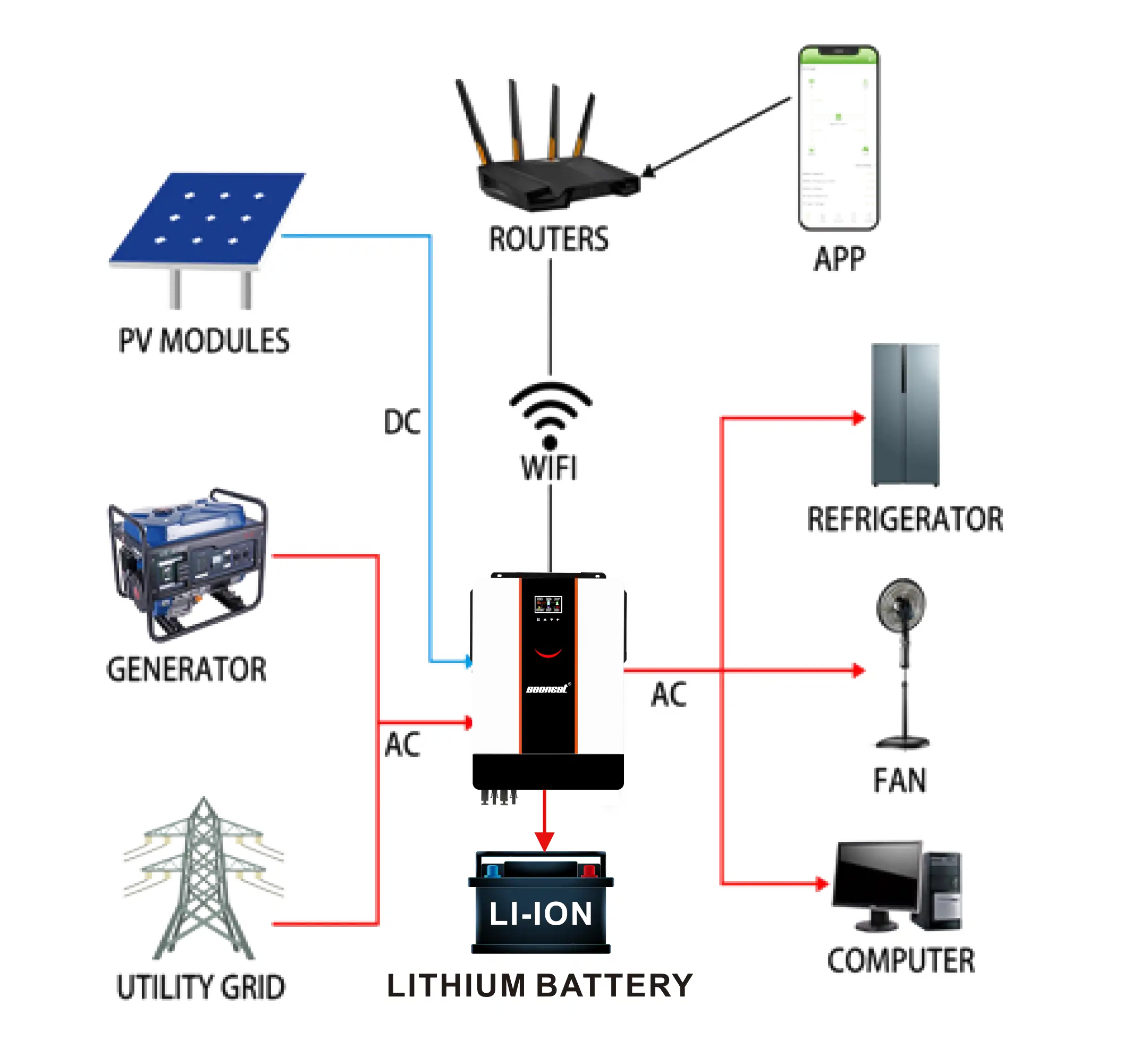
¿Cómo elegir los electrodomésticos solares adecuados para su casa inteligente?
Evaluación de las calificaciones de eficiencia del aparato, la compatibilidad de voltaje y la preparación para la automatización
Al elegir electrodomésticos compatibles con la energía solar para un hogar inteligente, compruebe sus puntuaciones de eficiencia (como las etiquetas Energy Star), el ajuste de voltaje (12V / 24V / 220V) y si pueden vincularse a centros de automatización. Por ejemplo, artículos como el refrigerador Soonest manejan múltiples voltajes. Congelador de refrigerador alimentado por energía solar AC / DC 12V / 24V a 220V Frigorífico de doble puerta único del hogar. Esto garantiza que funcionen bien sin importar las reglas locales o el tipo de inversor.
Estar listo para la automatización significa tener sensores o piezas de conexión. Estos permiten que los aparatos actúen en tiempo real sobre los datos o horarios que establezca.
Priorizar la modularidad y la escalabilidad a medida que evolucionan las necesidades de su hogar
A medida que su familia crece o usted busca una vida más ecológica, la flexibilidad es clave. Busque opciones expandibles como baterías apilables o configuraciones de paneles solares más grandes. Esto mantiene las cosas útiles con el tiempo sin necesidad de una refacción completa.
Los electrodomésticos hechos para configuraciones de potencia mixta ayudan a su hogar a prueba de futuro. Compatibilidad con sistemas híbridos AC/DC para respaldo de red. Siguen siendo relevantes incluso si las reglas o los sistemas de servicios públicos cambian en el futuro.
Preguntas frecuentes
P1: ¿Puedo integrar los electrodomésticos no inteligentes existentes en mi nueva configuración solar inteligente?
R: Sí, puedes. Utilice enchufes inteligentes o módulos de relé con conexiones Z-Wave o Zigbee. Sin embargo, los electrodomésticos construidos para ser inteligentes funcionan mejor cuando están conectados directamente a su inversor o controlador.
Q2: ¿Es necesario tener una batería si vivo en una zona con acceso estable a la red?
R: No es necesario, pero una batería realmente ayuda. Le permite usar la energía solar durante el día y la noche, aumenta el retorno de su inversión solar y actúa como un respaldo durante cortes repentinos de energía.
Q3: ¿Cómo sé si mi aparato es compatible con mi inversor?
R: Mira las necesidades de voltaje (como 220V) y la coincidencia de la forma de onda (la onda sinusoidal pura es la mejor). Además, compruebe si permite el control a través de enlaces externos como RS485, Modbus o TCP / IP, que muchos nuevos inversores híbridos usan.

